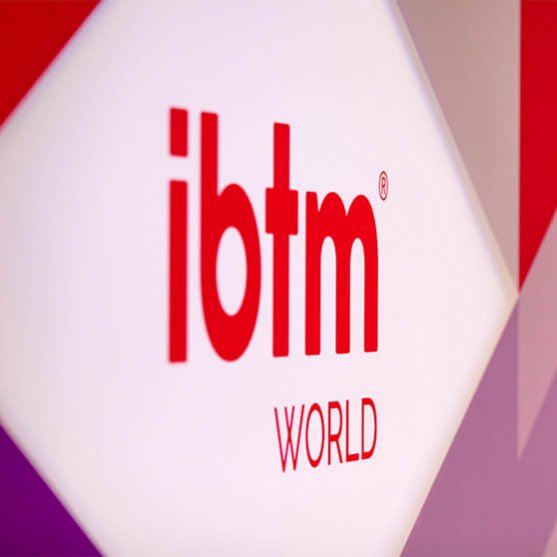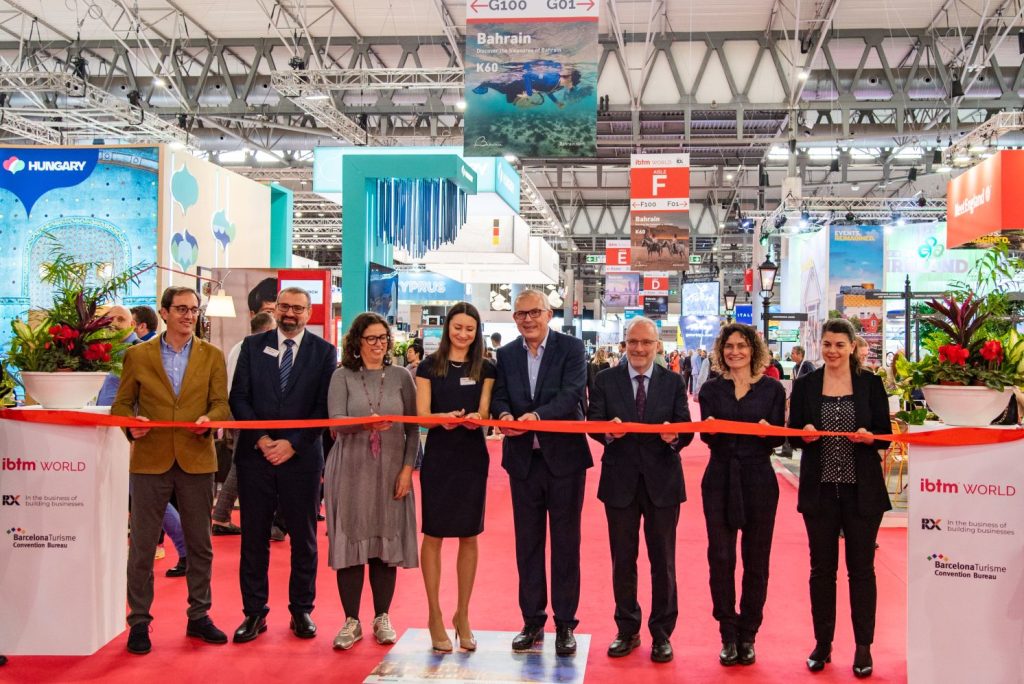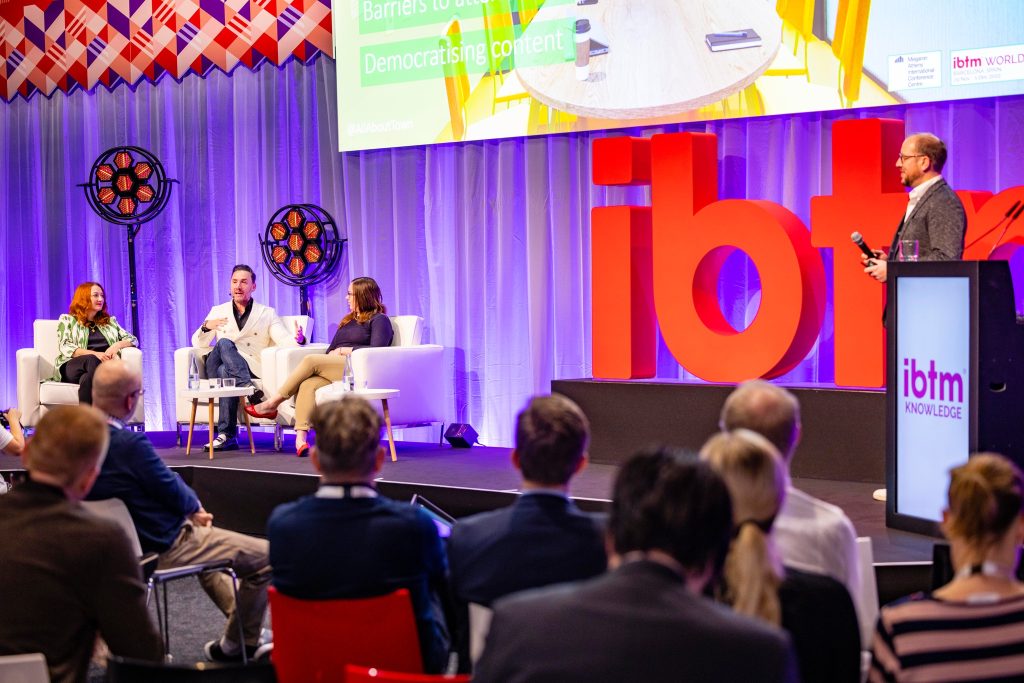
Share news
Listen
Multinational meetings mix languages and cultures, which can create difficulties. Good planning can ensure good interactions and a successful event!
Very often during these multinational meetings, there is a declared official language, the language in which the organisation will conduct business, especially when the meetings are within the same organisation or among related partners.
However, when there are a large number of foreign attendees, you may have to provide translation and interpretation services in order to facilitate communication.
TYPES OF TRANSLATION AND INTERPRETATION
Translation is usually the term used when written document needs to be changed from one language to another, while interpretation is often referred to for speeches and conversations. There are 3 types of interpretation:
1) Simultaneous interpretation
This is the common where instant translation occurs during a speech. Because it is very demanding work, interpreters need to work in tandem to allow for frequent breaks. Two to four interpreters are necessary per language. Simultaneous interpreters are housed in a soundproof room known as the interpreter’s booth or stand and need a direct view into the conference room. Each language has a separate booth and team of interpreters. Wired systems connect a listener’s headset to the booth. More modern systems may use infrared, wireless technology.
The original or active language is the initial one spoken by the presenter, while the passive language is that for which interpretation is provided.
2) Whispered interpretation
This is a low-tech interpretation method where one or two people sit next to the interpreter, who then speaks directly to them in a low voice.
3) Consecutive interpretation
Consecutive interpretation is useful for unrehearsed settings such as press conferences, social situations and question/answer sessions. Here the speaker pauses between phrases to allow for the interpretation. This method increases the time it takes to present material by as much as three times.
TIPS FOR YOUR EVENT
– Foreign attendees should be informed of these facilities in your communication to them before the meeting.
– Work with the translation company that you are contracting to distribute pertinent data such as agendas, background documents, glossaries and scripts in the various necessary languages, well in advance of the meeting to their team of interpreters.
– Get references from these agencies too to see what their clientele is like. The more they have, the more experience they have and you can be reassured of their services.
– Do a test before the meeting starts on the equipment for simultaneous interpretation to ensure that everything work.
– For written translation, whenever possible get a native speaker of the translated language from your organisation to vet through the document before distribution. This is to have "double" guarantee on the accuracy of the translation, especially when there are technical terminology used. Let the agency knows what format you want the translation to be for its destined purposes: e.g. in Word format for printing or in Powerpoint for presentation.
The meeting industry is becoming more global in bringing together a diverse cross-section of participants and guests. By providing quality interpretation and translation services at your meetings, everyone will find the atmosphere welcoming and more inclusive. Care should be exercised, however, to incorporate cultural nuances that may go beyond just the spoken or written word.










